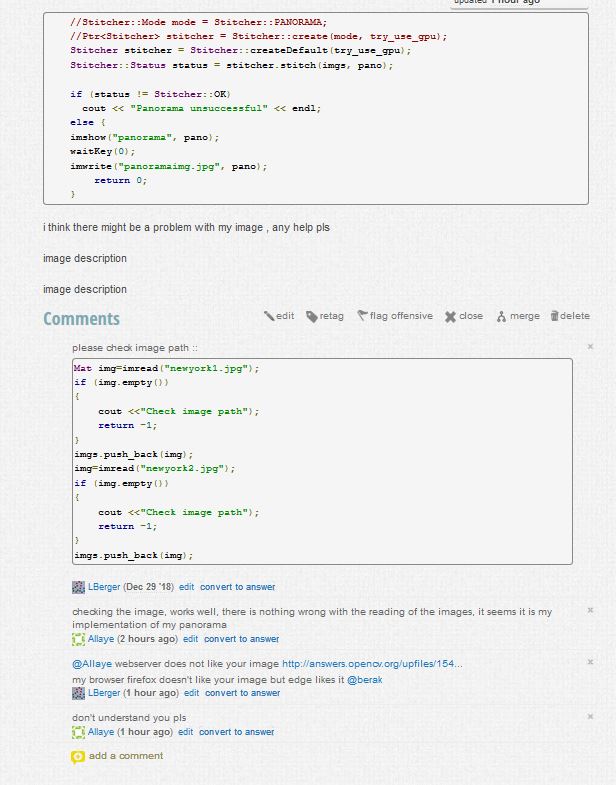
Upper respiratory tract infection (URI), or the common cold, is the most frequent infection in children in the United States and throughout the industrialized world. May Loo MD, in Integrative Medicine for Children, 2009 PEDIATRIC DIAGNOSIS AND MANAGEMENT Recent studies have demonstrated, however, that paranasal sinuses are frequently affected during URI, and most sinus abnormalities are not evidence of a true bacterial complication but instead are part of the natural history of URI. Sinusitis has been estimated to occur as a complication in 0.5–2% of URIs. In adults and the elderly, the most frequent complications of URI are paranasal sinusitis and pneumonia. By the age of 2 years, approximately 70% of children have experienced at least one episode of AOM. The highest incidence of AOM occurs in children between 6 months and 2 years of age. In children, the most common complication of URI is acute otitis media (AOM). Viral URIs may also predispose to bacterial complications. URIs are usually self-limited illnesses confined to the upper respiratory tract, but occasionally the viral infection spreads to adjacent organs, resulting in different clinical manifestations. In tropical countries, most URIs occur during the rainy season. The highest incidence rates are observed in the autumn and winter in temperate regions of the northern hemisphere. The occurrence of URI displays a clear seasonal variation. Young children suffer on average 6–8 and adults 2–4 URIs per year.

In spite of the benign nature of the illness, URIs cause a substantial economic burden on society in terms of medications, visits to physicians and other healthcare providers, and absenteeism. The presence of low-grade fever is variable and more common in children than in adults. The main symptoms of URI are nasal stuffiness and discharge, sneezing, sore throat, and cough. Upper respiratory tract infection (URI), or ‘common cold’, is the most frequent illness in humans. Ruuskanen, in Encyclopedia of Respiratory Medicine, 2006 Introduction


 0 kommentar(er)
0 kommentar(er)
